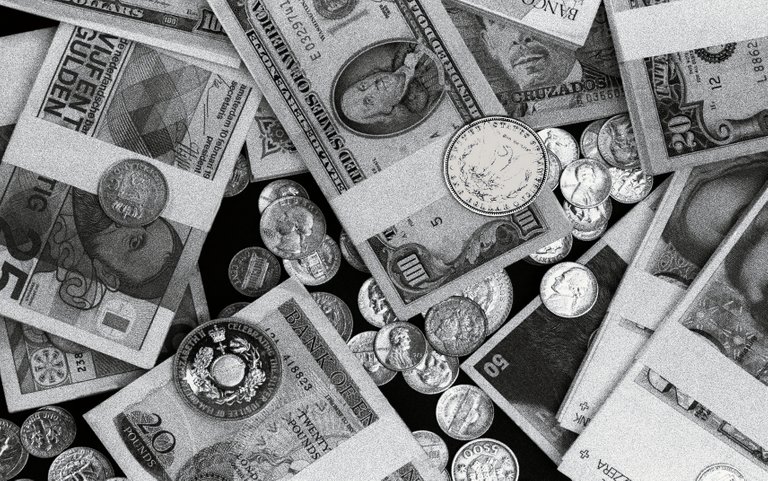Money has had different types of forms since ancient times. But it has 4 basic functions. Let's know some of the functions.
Medium of Exchange:
In a mythical barter economy in which there is no money, every transaction has to involve an exchange of goods and services on both sides of transactions.
The examples of the difficulties in barter are endless. Such as lack of double coincidence of wants, difficulties in the transfer of wealth, difficulties in tax collection, lack of store value, lack of capital formation, no investment no, etc.
Store of value:
A store of value is an asset that maintains the value of time. Thus, an individual holding a store of value can use that asset to make purchases at a future date. If an asset were not a store value, it would not be used as a medium of exchange.
Imagine trying to use the ice cream as money in the absence of refrigerators. There would hardly ever be a good reason for anyone to give up goods for money (ice cream) if the money were sure to melt within the next few times.
To be useful as money as an asset must be a store of value, but there are many other stores of value other than money, such as bonds, stocks, houses, lands, etc.
Unit of account:
The unit of account is the unit in which prices are quoted and books kept. Prices are quoted in dollars, taka, rupee, cents, etc. Dollars and taka are the units in which the money stock is measured. Usually, the money unit is also the unit of account, but that is not essential. I
n much high inflation continues, dollars become the unit of the account even though the local money continues to serve as the medium of exchange. If people are not able to utilize any products or services then they can't able to buy those products or services.
Standard of deferred payment:
Finally, as a standard of deferred payment, money units are used in long-term transactions, such as loans. The amount that has to be paid back in 5 or 10 years is specified in dollars and cents. Dollars and cents are acting as the standard of deferred payment. Once again, though, the standard of deferred payment doesn't have to be the money unit.
For example, the final payment of a loan may be related to the behavior of the price level, rather than being fixed in dollars and cents. This is known as an indexed loan. The last two of four functions of money are accordingly functions that money usually performs but not functions that it is necessary to perform. The store of value function is what many assets perform.
Thanks for reading my post. Hope that you have learned something new.😀
Best Regards
@shahriar33
Posted using Neoxian City
